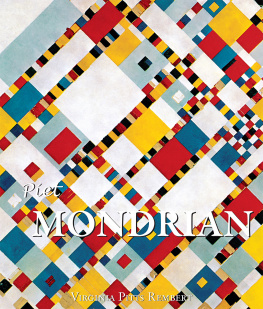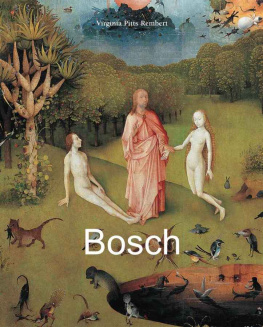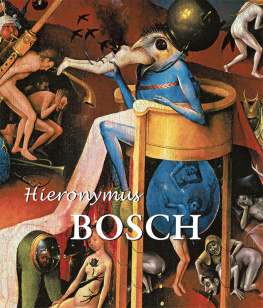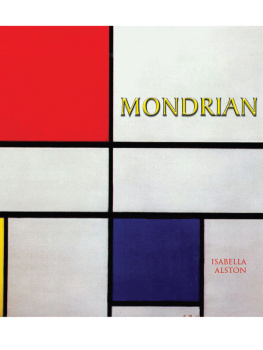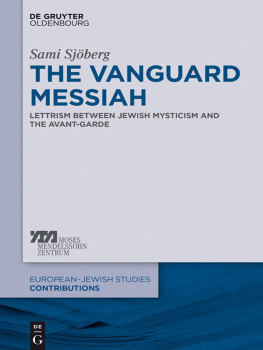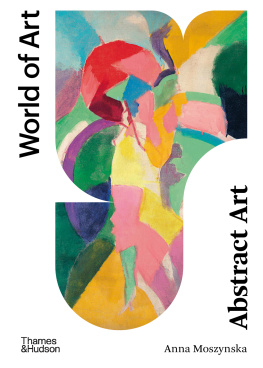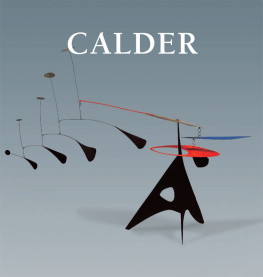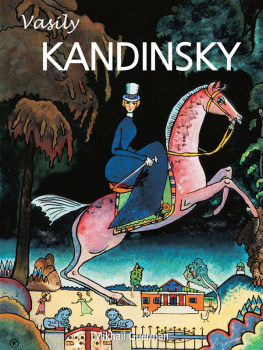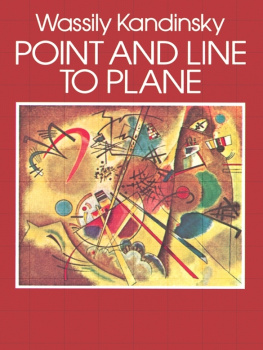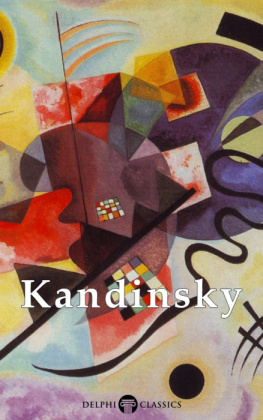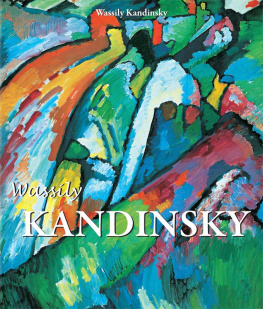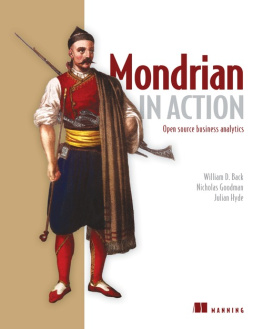Baseline Co Ltd.
All rights reserved.
No part of this publication may be reproduced or adapted without the permission of the copyright holder, throughout the world. Unless otherwise specified, copyright on the works reproduced lies with the respective photographers, artists, heirs or estates. Despite intensive research, it has not always been possible to establish copyright ownership. Where this is the case, we would appreciate notification.

Photograph of the Artist.
Introduction: In Search of Mondrian
Aldous Huxley once proposed an anthology of masters who created Later Works. He did not mean artists who lived long without ever departing from their youthful styles, but those who lived without ever ceasing to learn from life. To qualify for Huxleys pantheon, the works an artist produced when middle-aged or elderly had to be significantly different from earlier ones.
Huxley mentioned the astonishing and often disquieting treasures among the later works of Beethoven, Verdi, Bach, Yeats, Shakespeare, Goethe, Francesca, El Greco, and Goya. To the artists on Huxleys list we could add Michelangelo, Rembrandt, Picasso, Moore, and Mondrian.
In their later works, these artists were often thought to have fallen below the creations of their mature periods when, actually, they had moved on to attenuated, or expanded versions of their previous styles. Often, the late works could not be understood even by those whose tastes were formed by their mentors mature works, but only by followers in a later time. Piet Mondrian was surely such a master.
During his final three years and four months of life spent in the United States during World War II, he launched into a far less fathomable version of his consummate modernist oeuvre. With his final, unfinished painting the artist may have adumbrated Postmodernism, a style (or anti-style) that was to follow his death by some thirty years.
Yet, his late works are still relatively misunderstood, particularly in Europe. Frank Elgar, the French author of a popular monograph on Mondrian, found it unfortunate that he did not resist the temptation to transmit to his ill-named neo-plasticism the joys so amply provided by American life.
Elgar was referring to the usual interpretation of works done by the artist toward the end of his life in New York, as being literally descriptive of the city and the popular boogie-woogie jazz form. Mondrians chief biographers, the Belgian Michel Seuphor (a pseudonym for Ferdinand Berckelaers) and the Dutch Hans Jaffe, saw no diminution of quality nor discontinuity of theory in his late works; nonetheless, both men stressed their illustrative implications.

Farm on a Canal, 1900-1902. Oil on canvas laid down on panel, 22.5 x 27.5 cm. Gemeentemuseum Den Haag, The Hague.
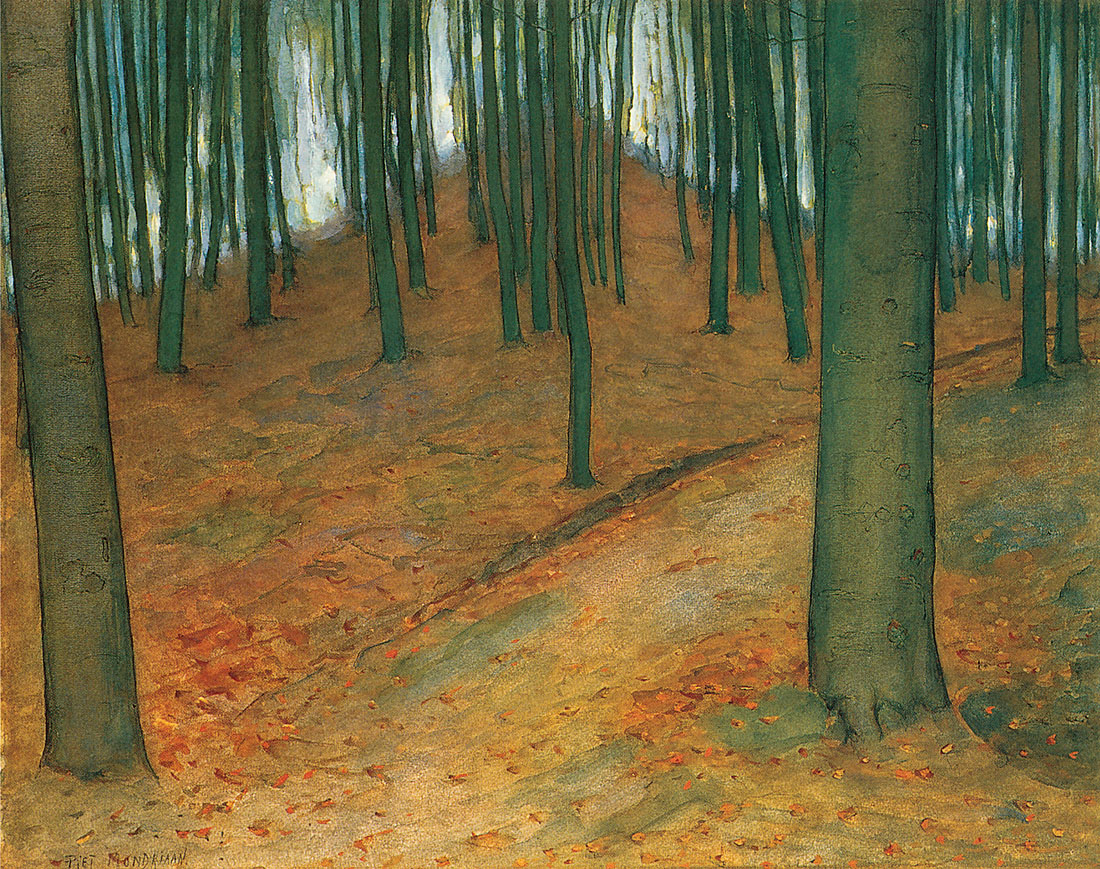
Forest, 1899. Watercolour and bodycolour on paper, 45.5 x 57 cm. Gemeentemuseum Den Haag, The Hague.
The artist was obviously stimulated by his new environment in America, which he had reached, so full of hope, on 3 October 1940. His immigration resulted from World War II, but the ideal that brought him to the United States reached back to World War I, when Mondrian first formulated a theory of his place in the modern world and a message for its future inhabitants.
By the advent of World War II, this idealism had become inseparable from his dream of America, which was where he thought the new world of future humanity would flourish. The artist saw more freely in this country, as he said Americans did, and the paintings began to change in keeping with his new vision. When he altered the colour and tempo of his new canvases, the feeling of continuous movement, or change, overcame the stasis of his former ones.
The final Boogie-Woogies were dynamic, indeed. They were a remarkable achievement for a man of Mondrians age he died just prior to his seventy-second birthday. Yet, because the paintings do not seem to fit his standard set in Paris, they are thought by many to fall short of the Parisian mode. In these late works, however, can be seen both the inspiration of the artists new environment and the culmination of theory that he had developed long before coming to this country. I have therefore considered the paintings according to place and philosophy, hoping the reader will not think of these as being mutually exclusive.
When examining Mondrians roots in late 19 th -century Holland as they contributed to his artistic formation, I did not attempt to be comprehensive. This was because the artists realistic period in Holland and his Cubist and De Stijl periods in France and Holland had been treated authoritatively by Jaffe, Seuphor, Welsh, and Joosten. My study overlapped theirs only because it was necessary to relate Mondrians De Stijl theory to his earlier works in order to demonstrate the continuity that led to his final achievements in America.
Whenever possible, I found it advantageous to allow the artist to speak in his own words. His writings had seldom been used because, as translated from Dutch into other languages, they were repetitious, convoluted, and imprecise, and thus difficult for readers to follow. Nevertheless, Mondrian had found it imperative to write and had made a laborious effort to explain himself. Harry Holtzman gave me a copy of the manuscript that he and Martin James were preparing of the writings for publication, so I have used this version in excerpting some of the artists statements. Especially when Mondrians words clarified his intentions better than anyone elses, I thought he deserved to be heard.
Next, I looked into the circumstances that brought the artist to America and their impact on him, as well as on those who understood his significance. In a middle section that is pivotal to the entire study, I turned back to Mondrians theory, this time in terms of its pragmatic relationship to his work. Also, I showed how his paintings differed from the amalgam of European styles followed by the American abstract artists until some of them began to understand his logic and to be affected by it in individual ways.
When treating Mondrians followers, I first turned to the few artists who were closest to him and, then, to the larger number who were indirectly but irrevocably changed by contact with him. I had the opportunity to meet numerous associates of Mondrian or his followers, chiefly in the late 1960s (although some of the friendships continued beyond that time).
The timing was fortunate, because most of them have since died, including: Alfred Barr, Ilya Bolotowsky, Fritz and Lucy Glarner, Carl Holty, Harry Holtzman, Hans Jaffe, Sidney Janis, Lee Krasner, Richard Paul Lohse, Kenneth Martin, Alice Trumbull Mason, Henry Moore, George L. K. Morris, Robert Motherwell, Barnett Newman, Winifred Nicholson, Silvia Pizitz, Ad Reinhardt, Mark Rothko, Emily Tremaine, Charmion von Wiegand, Vaclav Vytlacil, and Paule Vezelay.

